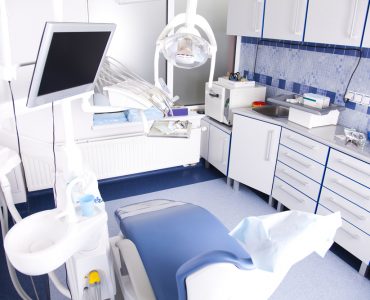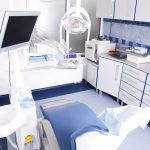A sequence of defects from birth which affect the nervous system and the spinal cord is referred to as spina bifida.
In the first month of pregnancy, an embryo develops in a primal tissue known as the neural tube. As the embryo starts growing, there is a drastic change in the neural tube as it grows into a complex structure of nerves, bones and tissue. This would ultimately become the nervous system and the spine.
In the case of spinal bifida there is something which would go wrong with the growth of the spinal cord and the neural tube does not close completely. Spinal bifida is a Latin word that means ‘split spine’.
The three chief kinds into which spinal bifida have been classified are as follows:
- The Spina bifida meningocele.
- The Spina bifida occulta.
- The Myelomrningocele.
Spina bifida meningocele is a very exceptional and rare type. In this case, the growth of the bones of the spine is normal but the membranes that protect the brain are thrust out in the gaps of the openings in the vertebrae. The membranes that protect the bones would generally be removed in an operation and then no advanced treatment is needed. The nervous system of the person who is suffering from spina bifida meningocele is not at all damaged, but care should be taken to avoid enduring health issues further on.
Spina bifida occulta is the most widespread health condition under this category and it is not a very severe or serious type. In this condition there is a very small gap in between one or more vertebrae, as the cavity in the spine is very tiny. Ridges of the bones that are disc shaped which form the spine are called the vertebrae. This condition generally shows no indications, and in most of the cases the people who have been afflicted do not even realise that they are suffering from this aliment. As a result the requirement for treatment is not there.
Myelomeningocele is again the most widespread type but it is severe. In this condition the nervous system is prone to many infections as the spinal cord is open all along the vertebrae, and the spinal cord and the membranes press on to form a sac on the back of the baby. This sac could be concealed fully with skin, however stays open more than often. In a few cases of this condition, rectification of the spinal cord is possible through surgery, but the nervous system would have acquired quite a lot of harm already. This damage could further on cause problems like:
- Facing difficulty in learning.
- Being attacked by paralysis of the limbs either totally or partially.
- Incontinence of the bladder and the bowel.
In many cases of Myelomeningocele, the children also have the possibility of acquiring hydrocephalus. This refers to a state in which the cerebrospinal fluid is in abundance.











